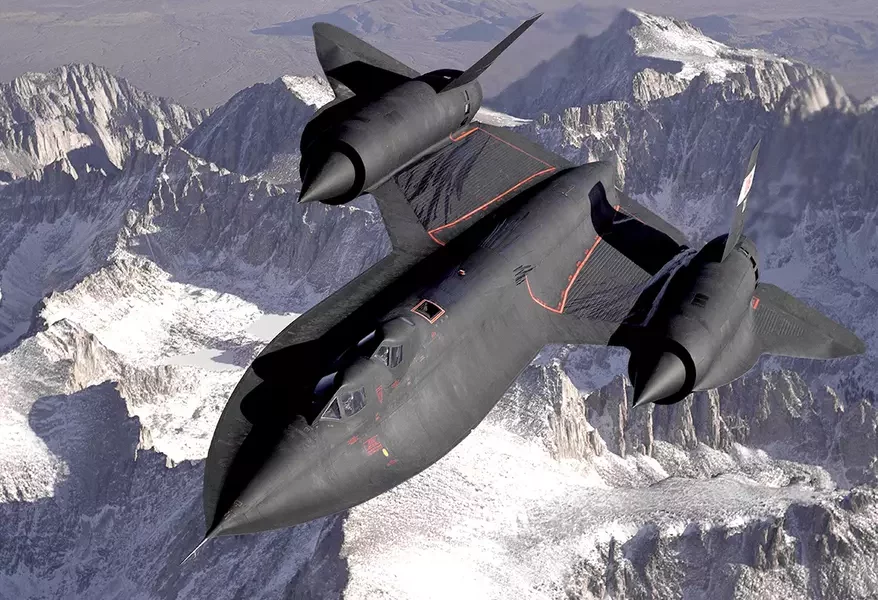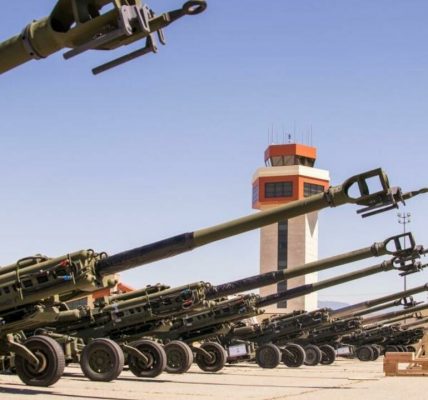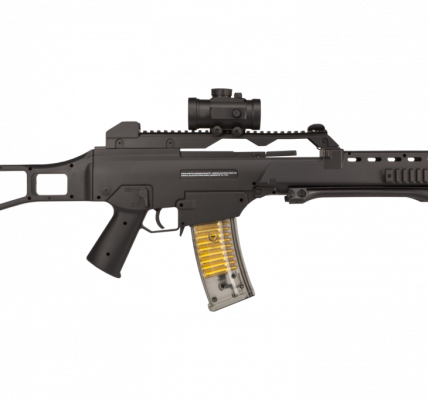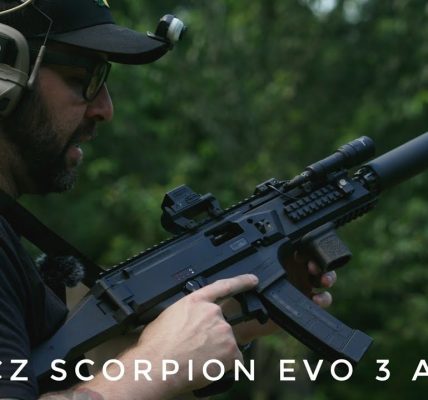Bombers in the United States A Pillar of Air Power
Bombers, large aircraft designed to deliver bombs and missiles, have played a crucial role in the history and development of the United States military. Their ability to strike targets deep within enemy territory has made them a formidable weapon system.
Categories of Bombers
- Strategic Bombers: Large, long-range bombers designed to strike targets deep within enemy territory. Examples include the B-52 Stratofortress, B-1 Lancer, and B-2 Spirit.
- Tactical Bombers: Smaller, shorter-range bombers designed to support ground forces and strike targets of opportunity. Examples include the A-10 Thunderbolt II and the F-111 Aardvark.
Historical Context and Cultural Significance
The United States has a long history of bomber development and use. During World War II, American bombers played a crucial role in the Allied victory, targeting enemy infrastructure and military installations. In the Cold War era, strategic bombers were a key component of the nuclear deterrent.
Bombers have also played a significant role in American culture, shaping the nation’s perception of military power and technological innovation. The B-52 Stratofortress, in particular, has become a cultural icon, appearing in countless movies and television shows.
Military Use of Bombers
- Strategic Bombing: Strategic bombers are used to deliver nuclear weapons or conventional bombs against high-value targets deep within enemy territory.
- Conventional Bombing: Bombers can also be used to deliver conventional bombs and missiles against military and civilian targets.
- Nuclear Deterrence: Strategic bombers are a key component of the nuclear deterrent, providing the ability to strike enemy targets with devastating force.
Technological Advancements
Bombers have undergone significant technological advancements over the decades. The introduction of jet engines, advanced navigation systems, and precision-guided munitions has increased their range, accuracy, and effectiveness. Modern bombers are often equipped with stealth technology, which reduces their radar, infrared, and acoustic signatures.
Challenges and Future Trends
The use of bombers in modern warfare presents several challenges. The increasing sophistication of enemy air defenses and electronic warfare systems require bombers to be more stealthy, agile, and capable of operating in contested airspace. Additionally, the development of precision-guided munitions has changed the way bombers are used, emphasizing the need for advanced targeting systems and sensor technology.
The future of bombers in the United States military is likely to involve further technological advancements, such as the development of unmanned combat air vehicles (UCAVs) and advanced stealth technology. As the nature of warfare continues to evolve, bombers will remain an essential component of the U.S. military’s arsenal.




